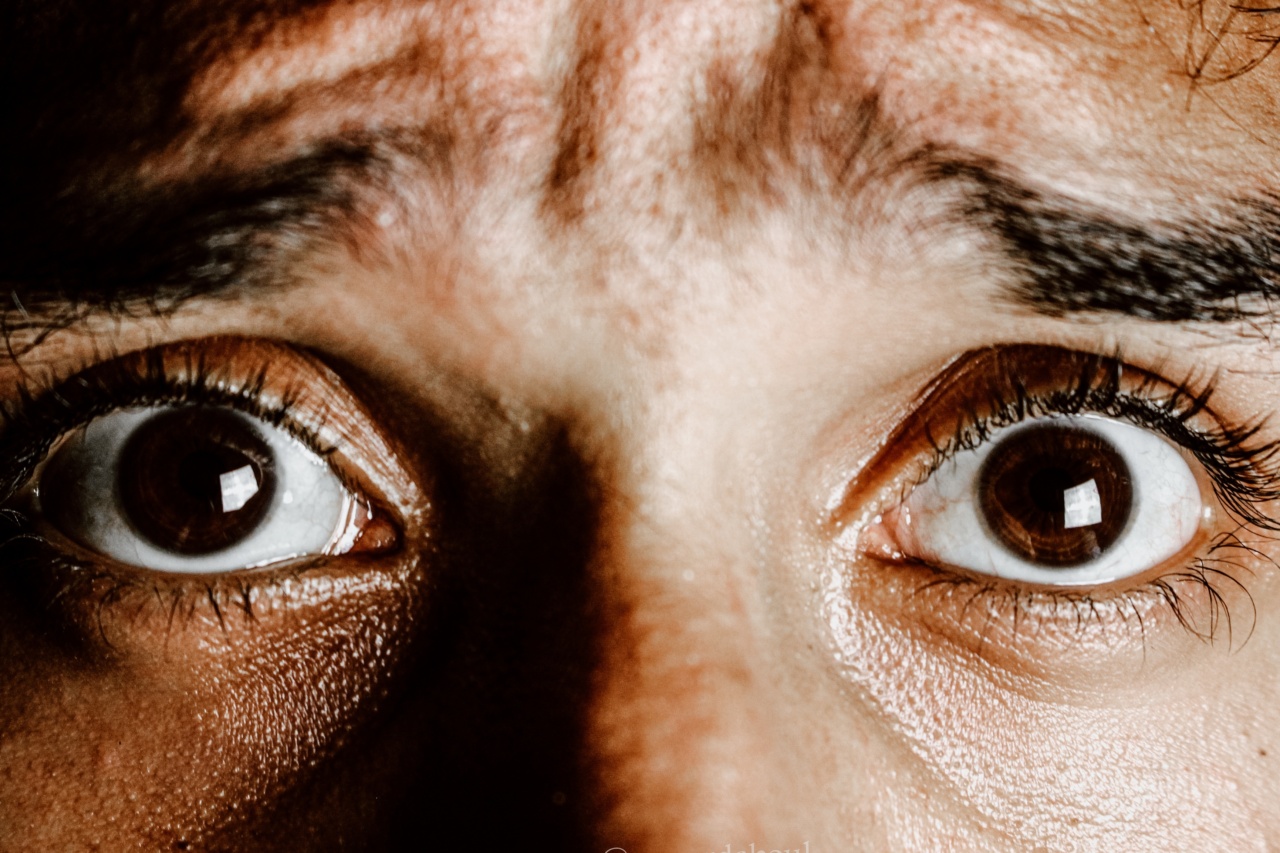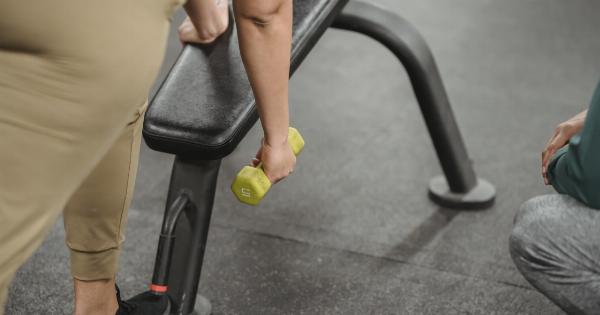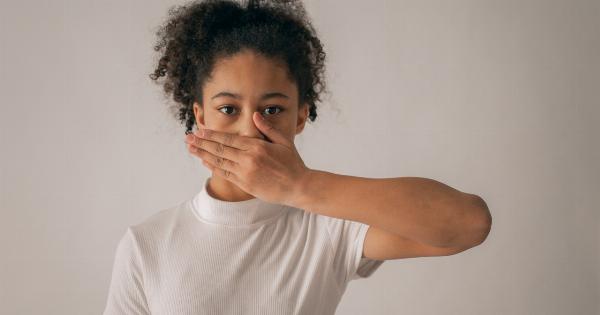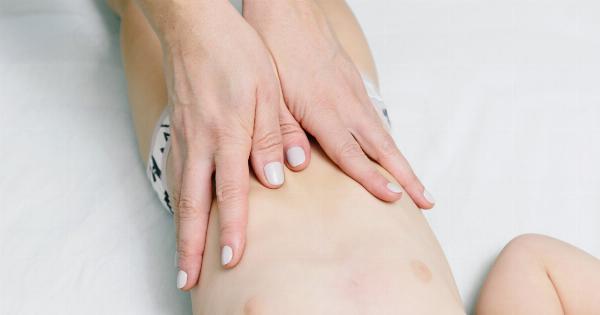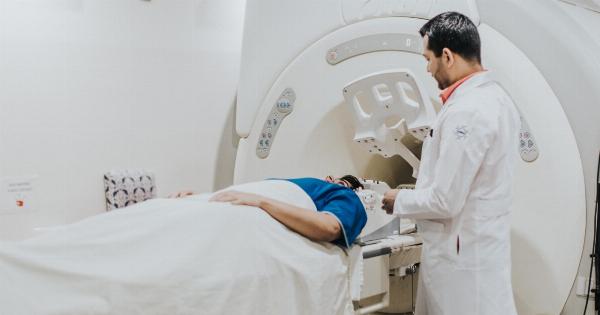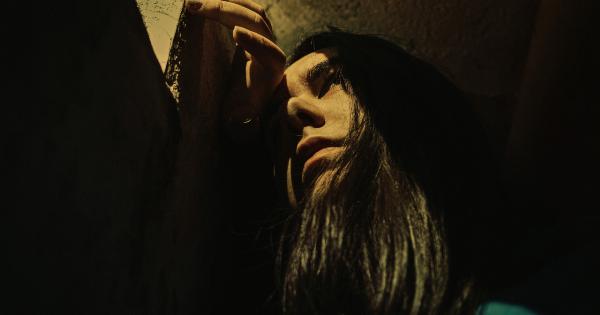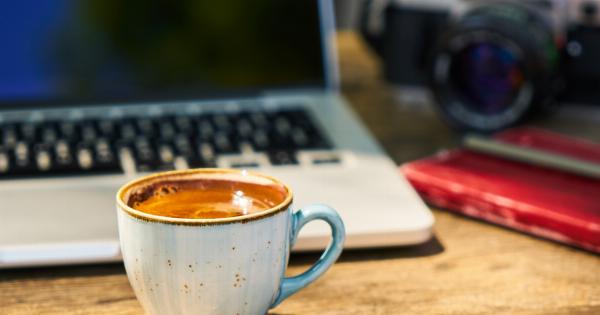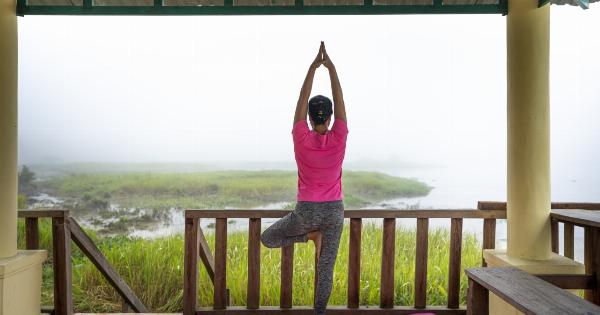Anxiety disorders are a common mental health issue affecting millions of people worldwide. They can cause intense feelings of fear, worry, and panic, leading to a variety of physical and psychological symptoms.
While the exact causes of anxiety disorders are still not fully understood, research has shown that abnormal breathing patterns play a significant role in the development and maintenance of these disorders. This article explores the relationship between breathing and panic and anxiety disorders and discusses various breathing techniques that can help alleviate symptoms and promote emotional well-being.
The Connection Between Breathing and Anxiety
The way we breathe affects many physiological processes in our body, including heart rate, blood pressure, and the level of oxygen and carbon dioxide in our blood.
When we experience anxiety or panic, our breathing tends to become rapid, shallow, and irregular. This is commonly known as hyperventilation. Hyperventilation alters the balance of carbon dioxide and oxygen in our blood, leading to a cascade of physical and psychological symptoms.
One of the main effects of hyperventilation is the reduction of carbon dioxide levels in the blood. Carbon dioxide helps regulate blood pH and plays a crucial role in maintaining the acid-base balance.
When we hyperventilate, the excessive elimination of carbon dioxide causes the blood vessels to constrict, reducing blood flow to vital organs such as the brain. This can result in dizziness, lightheadedness, and even fainting.
Besides the physical symptoms, abnormal breathing patterns can also trigger or exacerbate emotional symptoms associated with anxiety disorders.
When we hyperventilate, our body goes into a state of physiological arousal, leading to the activation of the sympathetic nervous system, often referred to as the “fight-or-flight” response. This response is meant to protect us in dangerous situations but can cause intense fear, restlessness, and a heightened sense of impending doom in the absence of actual danger.
The Vicious Cycle of Anxiety and Abnormal Breathing
Anxiety disorders and abnormal breathing often create a vicious cycle, with one exacerbating the other. When individuals experience anxiety, they tend to breathe more rapidly and shallowly.
This abnormal breathing pattern can then amplify their anxiety symptoms, leading to a sense of breathlessness, chest tightness, and further feelings of panic.
Furthermore, the fear of experiencing panic attacks or other anxiety symptoms can cause individuals to develop maladaptive breathing habits, such as holding their breath or taking rapid, shallow breaths.
These habits can further perpetuate the cycle of anxiety and abnormal breathing, making it increasingly difficult to break free from the symptoms.
Learning to Breathe Correctly
Thankfully, various breathing techniques can help individuals with panic and anxiety disorders regain control over their breathing and reduce the intensity of their symptoms.
These techniques aim to restore a normal breathing pattern, increase carbon dioxide levels, and activate the parasympathetic nervous system, which promotes relaxation and a sense of calmness.
Diaphragmatic Breathing
Diaphragmatic breathing, also known as belly breathing or deep breathing, is a technique that focuses on breathing deeply from the diaphragm, rather than shallowly from the chest.
This technique helps individuals engage the diaphragm muscle fully, allowing for a more efficient exchange of oxygen and carbon dioxide in the lungs.
To practice diaphragmatic breathing:.
- Lie down on your back or sit comfortably with your back straight.
- Place one hand on your chest and the other on your abdomen, just below your ribcage.
- Inhale deeply through your nose, feeling your abdomen rise as you fill your lungs with air.
- Exhale slowly through your mouth, emptying your lungs completely.
- Continue this deep breathing pattern, focusing on your diaphragm’s movement and the sensation of relaxation.
4-7-8 Breathing Technique
The 4-7-8 breathing technique is a simple and effective method that aims to slow down the breathing rate and promote relaxation. It can be practiced in any position, although sitting with your back straight is recommended.
To practice the 4-7-8 breathing technique:.
- Close your eyes and take a deep breath in through your nose, counting to four silently.
- Hold your breath for a count of seven.
- Exhale slowly and completely through your mouth, counting to eight.
- Repeat this cycle three more times, for a total of four breaths.
Alternate Nostril Breathing
Alternate nostril breathing is a yogic breathing exercise that helps balance the flow of energy in the body and calm the mind. It involves using the thumb and ring finger of one hand to alternate closing and opening each nostril while breathing.
To practice alternate nostril breathing:.
- Sit comfortably with your back straight and relax your body.
- Place your left hand on your left knee, palm facing upward, or adopt a mudra (hand position) of your choice.
- Bring your right hand close to your face and place your index and middle fingers between your eyebrows.
- Using your right thumb, gently close your right nostril and inhale deeply through your left nostril.
- Close your left nostril with your ring finger and release your thumb, exhaling through your right nostril.
- Inhale through your right nostril, then close it with your thumb.
- Release your ring finger, exhaling through your left nostril.
- Continue this pattern, alternating the closing and opening of each nostril, for a few minutes.
The Importance of Breathing in Anxiety Management
Developing a regular breathing practice is essential for managing anxiety and panic disorders.
By adopting healthy breathing habits, individuals can help break the cycle of anxiety and abnormal breathing, improve their overall well-being, and enhance their ability to cope with stressful situations.
It is important to note that while breathing techniques can be helpful, they are not a substitute for professional medical or psychological treatment.
If you are experiencing severe anxiety or panic symptoms, it is crucial to seek guidance from a qualified healthcare provider.
